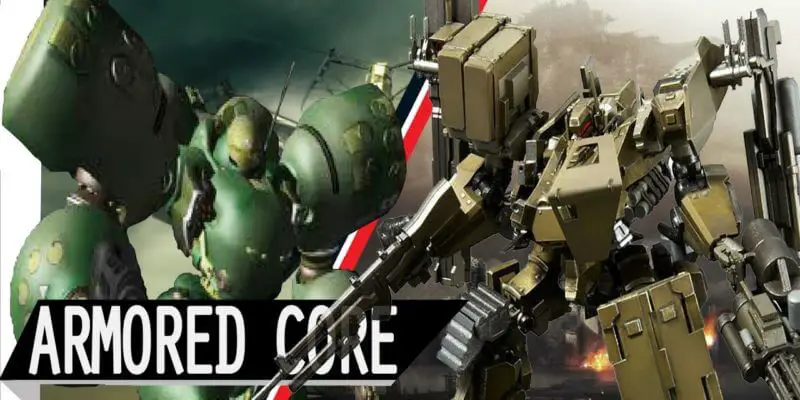It is difficult to rank the best Armored Core games given that the game has spawned countless sequels in the last 2 decades. The series has about 15 titles, but the genre of mecha games has changed with each new title. The game is mainly about a mech-piloting mercenary taking on various missions and earning currency upon completion. Often newbies aren’t sure which games to begin with since some are a little bit difficult compared to others. Below are some of the best Armored Core games of the franchise. Also check out the best command and conquer games here.
-
Armored Core
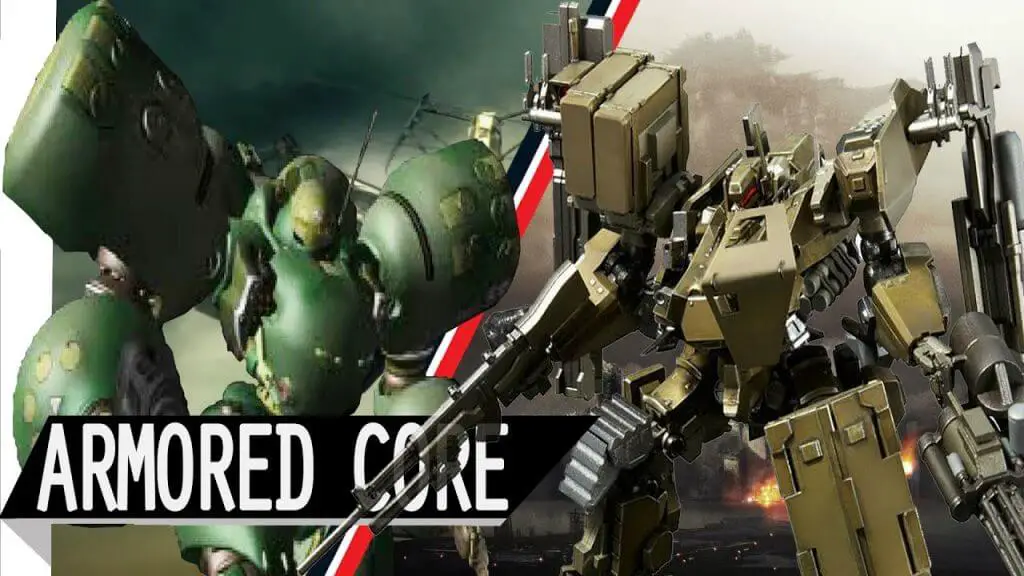
It is the first Armored Core game released on July 10th, 1997, on the original PlayStation. Armored Core is a unique mecha game where players had to build their own mecha in the same way they piloted it. Often, they had to customize their build for every mission they accepted. The player takes on missions for massive corporations and assumes the role of a mercenary known as Raven. Missions involved gathering intelligence or destroying enemy targets. It is set in a dystopian post-apocalyptic future where humanity had escaped to an underground world after the Great Destruction.
-
Armored Core V
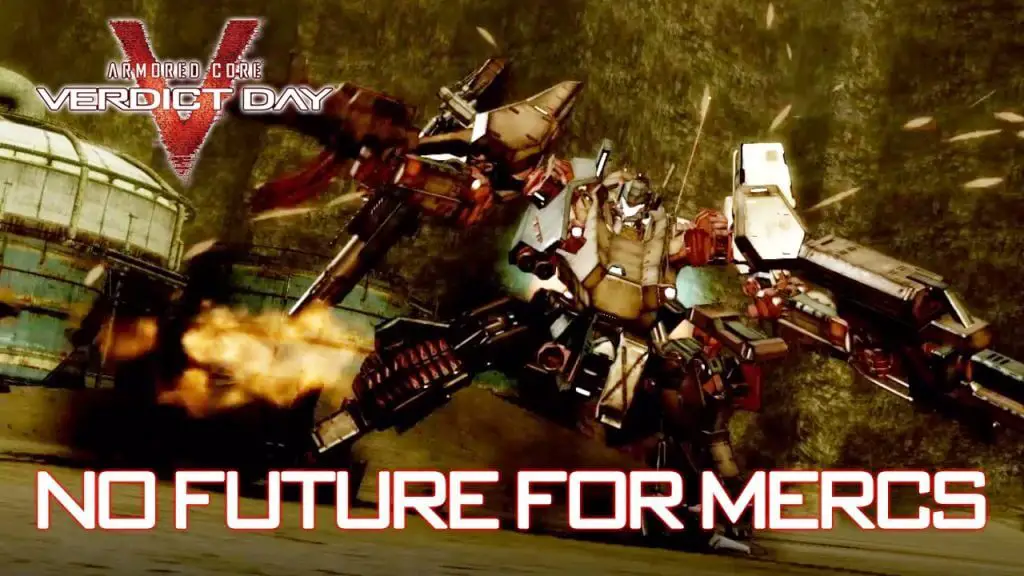
This is the final reboot title of the franchise. It was released in 2012 for PlayStation 3 and Xbox 360. It mainly focuses on the online multiplayer component and has fewer story missions compared to the previous games. The online multiplayer component can accommodate teams of up to 20 players battling for territory. Also, there’s a co-op mode that allows players to fight NPCs for various rewards. The setting of the game is in a futuristic post-apocalyptic war. Compared to the other games in the franchise it has a totally different storyline and gameplay. Also, it is not a sequel to any of the other games in the Armored Core series.
-
Armored Core 2: Another Age
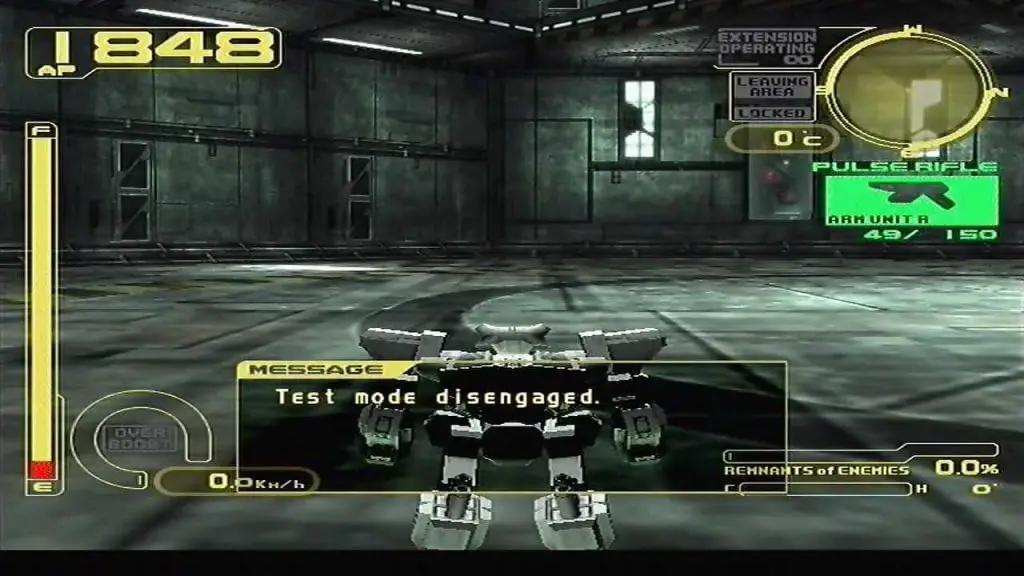
This is a stand-alone expansion game of Armored Core 2. It was released in 2001, and it concludes the original Armored Core story arc. Players are allowed to import their saved files from Armored Core 2 and continue gaming. The gameplay is similar, but movement controls using DualShock analog sticks were introduced. Also included in the game was a cooperative mission mode. The core mechanics are a little bit different, and the Arena is no longer part of the game.
-
Armored Core: Nexus
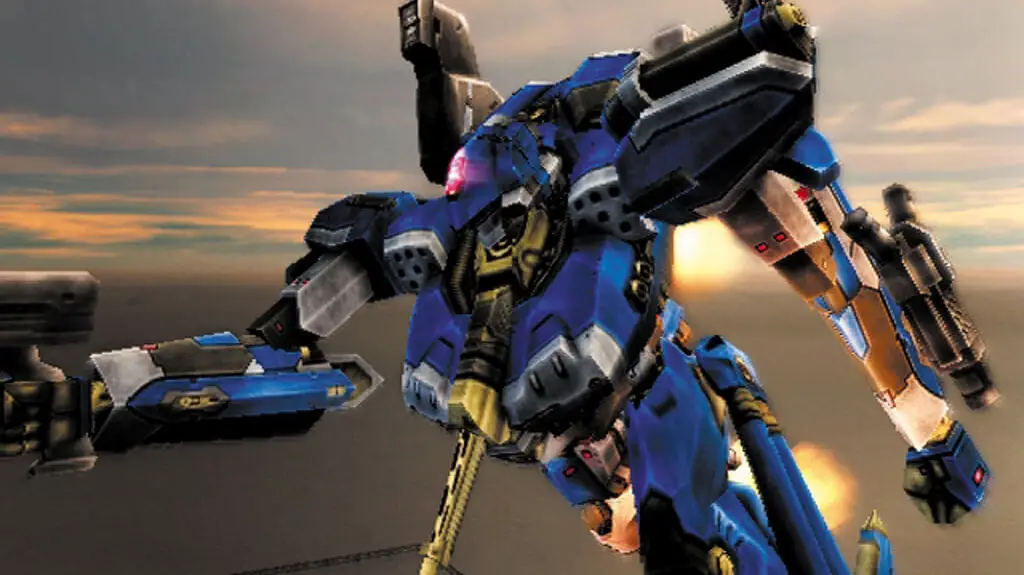
Armored Core: Nexus is the eighth installment in the franchise and a direct sequel to Silent Line: Armored Core. The game takes place when a new corporation begins hoarding ancient technology. The player takes on missions until when the corporations break into war, and they start activating ancient weapons. The player is tasked with the role of stopping the weapons before they are deployed and destroy the planet. Players can use the money they earn from missions to customize their mech units. Overall, the game’s mechanics are similar to the previous entries.
-
Armored Core 4
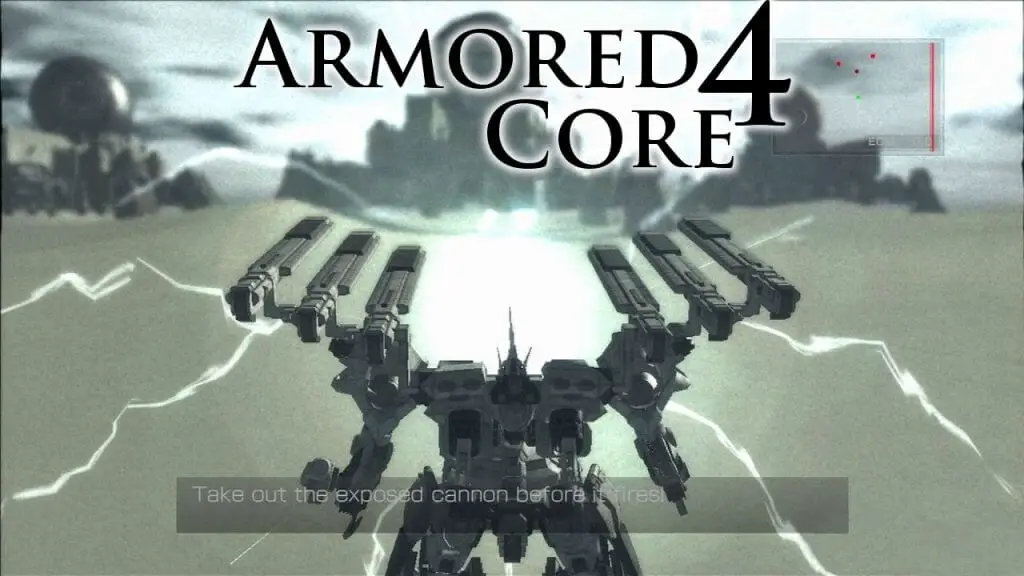
Armored Core 4 is the first game in the franchise to be released outside the PlayStation ecosystem to make it more accessible to other players. The game has a futuristic setting where the earth has been devastated by a great war, and corporations now control respective governments. Factions arise, and they begin to fight each other using massive combat robots and Armored Cores. The player is a Lynx that takes on missions in return for credits.
-
Silent Line: Armored Core
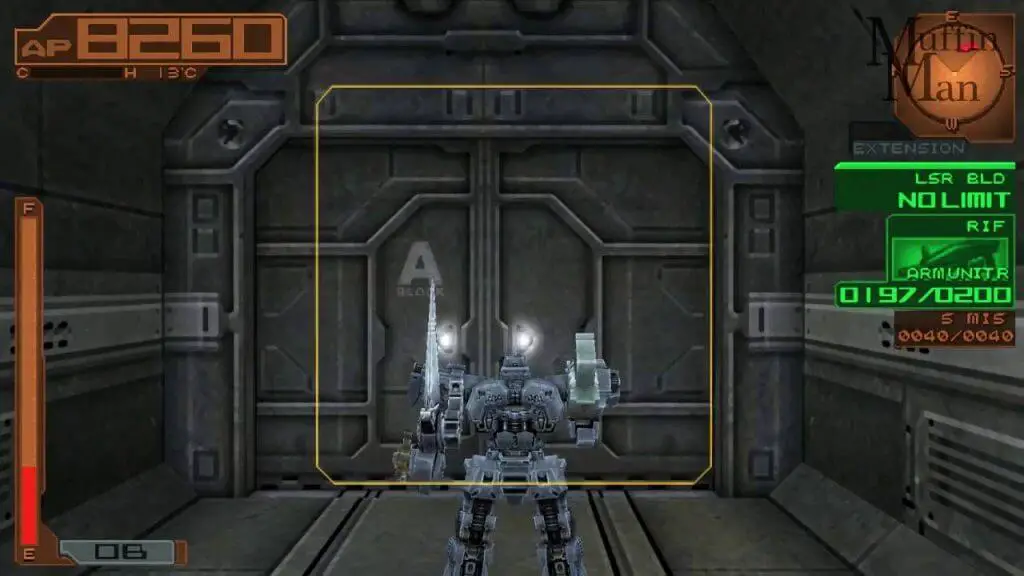
Silent Line: Armored Core is the direct sequel to Armored Core 3. Thus, players are allowed to import their progress from the earlier game. The game introduced a first-person mode, computer-controlled companions, and has better gameplay mechanics compared to its predecessors. It takes place when mankind has begun reclaiming the surface after the liberation of the underground city.
-
Armored Core 2
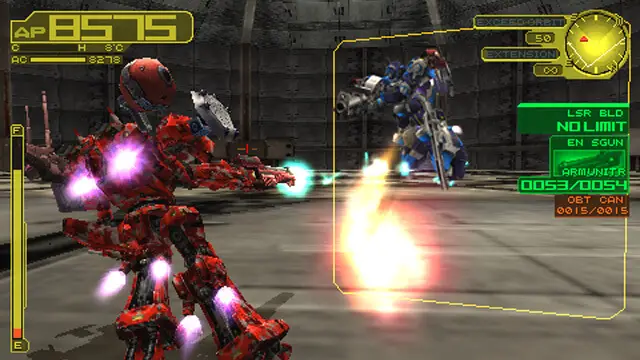
This is the sequel game to Armored Core that takes place on Mars. It involves the Ravens fighting for their corporations. In the game, players enter new battle arenas and battle with more than 45 Armored Core units. Players can go head to head in split-screen battles with the use of customizable parts. Also, they can customize their unit interior equipment and extension parks and use the over-boost propulsion to generate lightning speed. The gameplay, missions, customization, and Arena modes are the same as the first Armored Core game. Also, the overall design of the game stayed similar, but the visuals were a bit enhanced.
-
Armored Core: Last Raven
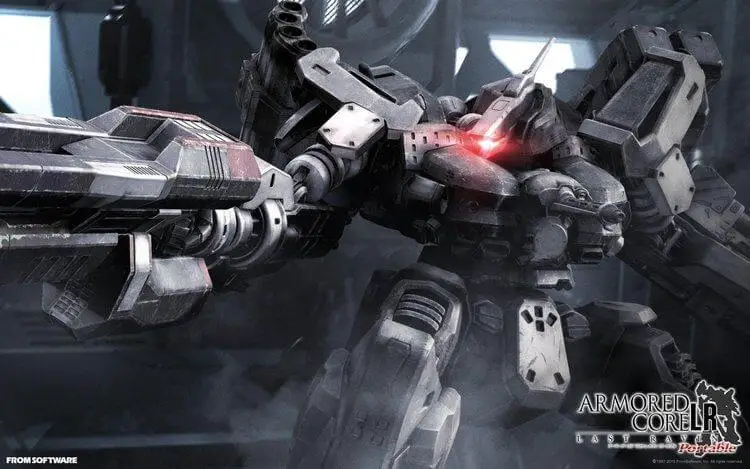
This game was released in 2005, and it concludes the Armored Core 3 story arc. The game is one of the best Armored Core games and is restructured around a 24-hour clock that runs forward as the missions progresses. Choices made within the 24-hour period can alter a player’s outcome of the plot. Also introduced in the game is a component damage system that allows for individual parts to be disintegrated in battle.
-
Armored Core 3
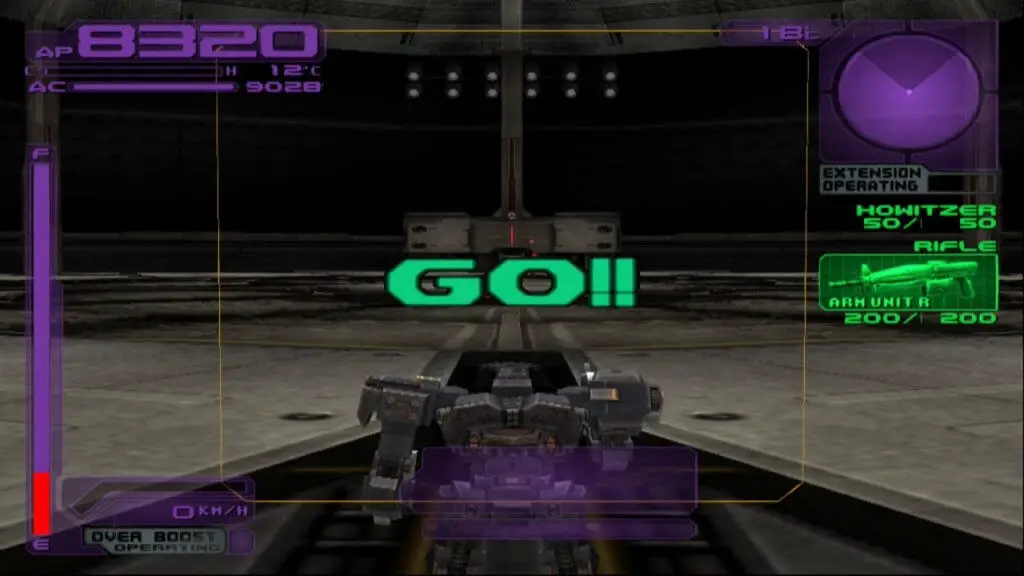
This is the sixth title in the Armored Core series, released in 2002 for the PlayStation 2. The storyline is a bit different from the previous games as it shifts to a subterranean society marking the start of a new continuity. The story begins in Layered, which is an underground world that people fled into. Layered has three factions competing for control of the limited space and assets. The Controller is a god-like AI that has absolute control over mankind and oversees Layered. In like manner, there’s a terrorist group that works day and night to oppose The Controller’s control over mankind. The player assumes the role of a Raven’s pilot soon pulled into a conspiracy that will change the subterranean society.
-
Armored Core: For Answer
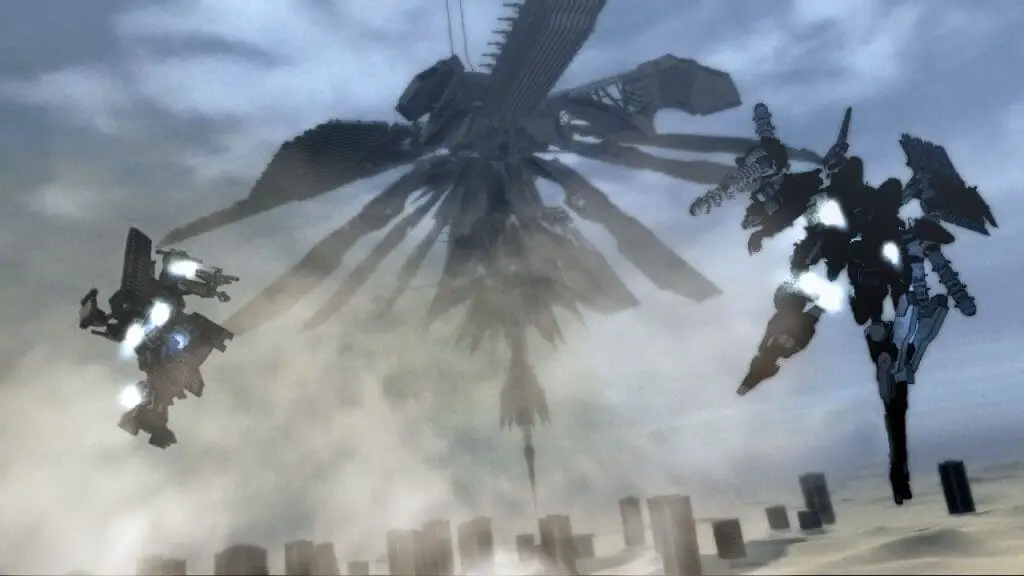
This game was released in 2008, and it retained the warfare and mercenary mission concept. It is one of the best Armored Core games and also the direct sequel to Armored Core 4. The plot is based around an unnamed NEXT Lynx. The setting is ten years after the Armored Core plot, and the earth is in a decaying state from the hazardous waste by Kojima particles. A new mysterious entity is added that snaps for intense missions. The Lynx have custom-built Armored Core units, upgrades, and revamped weapons that they use to take on solo missions.
